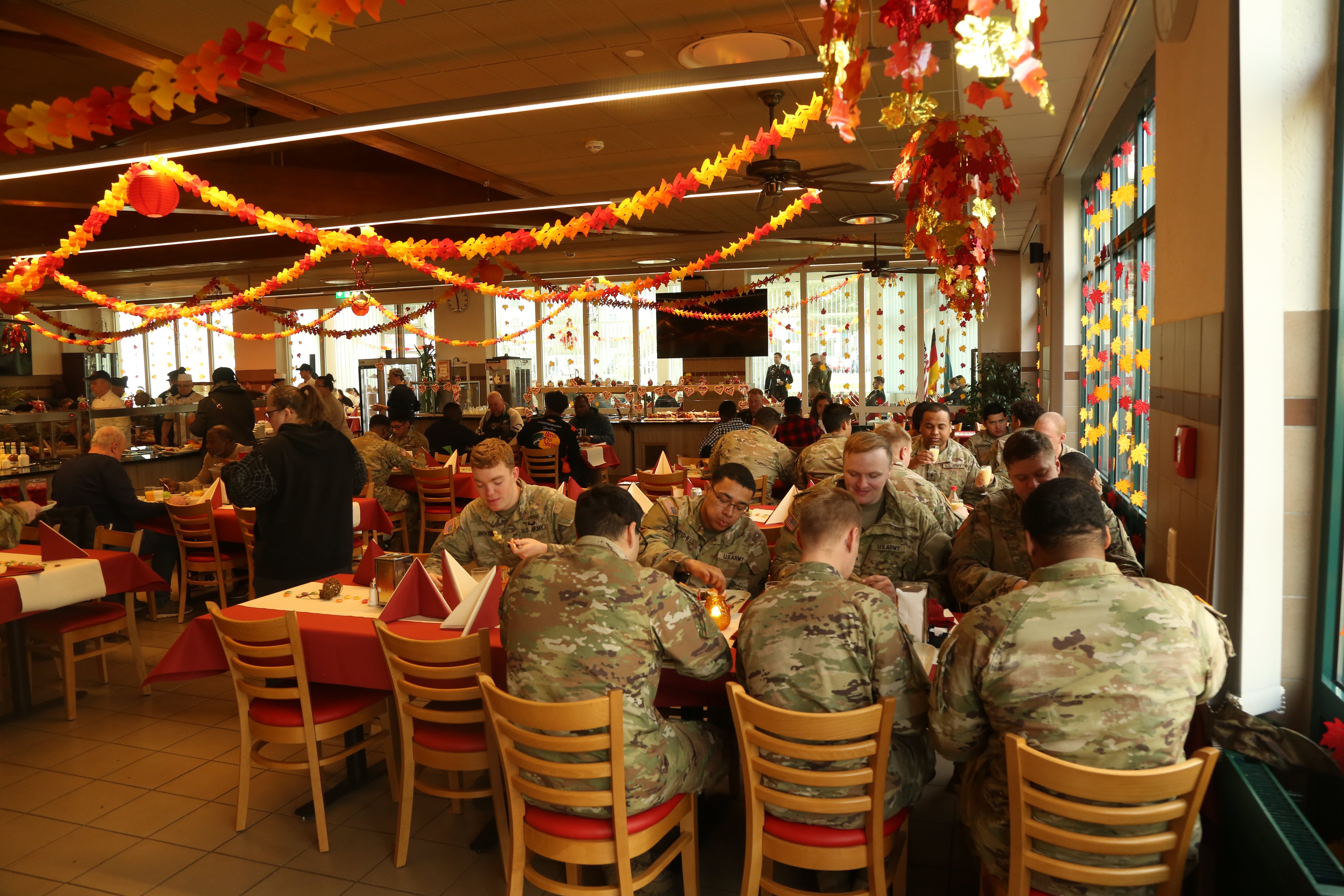They’re big and shiny and they look good on your dress whites, especially if you’re a junior sailor and you’ve been pinned with multiple warfare quals.
But a decade after the Navy began mandating all sailors in key warfare qualifying commands to earn one within 30 months, the warfare pins might become an endangered species – at least for sailors below petty officer second class.
That’s because on March 3, Big Navy issued OPNAV Instruction 1414.9B, which gutted the mandate for most commands. Debate now swirls through the fleet as type commanders and warfare community leaders mull whether junior sailors should even earn the qual.
Submariners, SEALs, divers and explosive ordnance disposal techs likely won’t be affected by the reforms because their warfare qualifications are built into their training. But the top generators of the awards, including the Enlisted Surface Warfare and Aviation Warfare qualification programs, are expected to change.
“Becoming an Enlisted Surface or Aviation Warfare Specialist isn’t something that’s necessarily inherent to their job,” said Master Chief Petty Officer of the Navy Russ Smith. “It’s just a sign they want to take their skill, knowledge and understanding to the next level.”
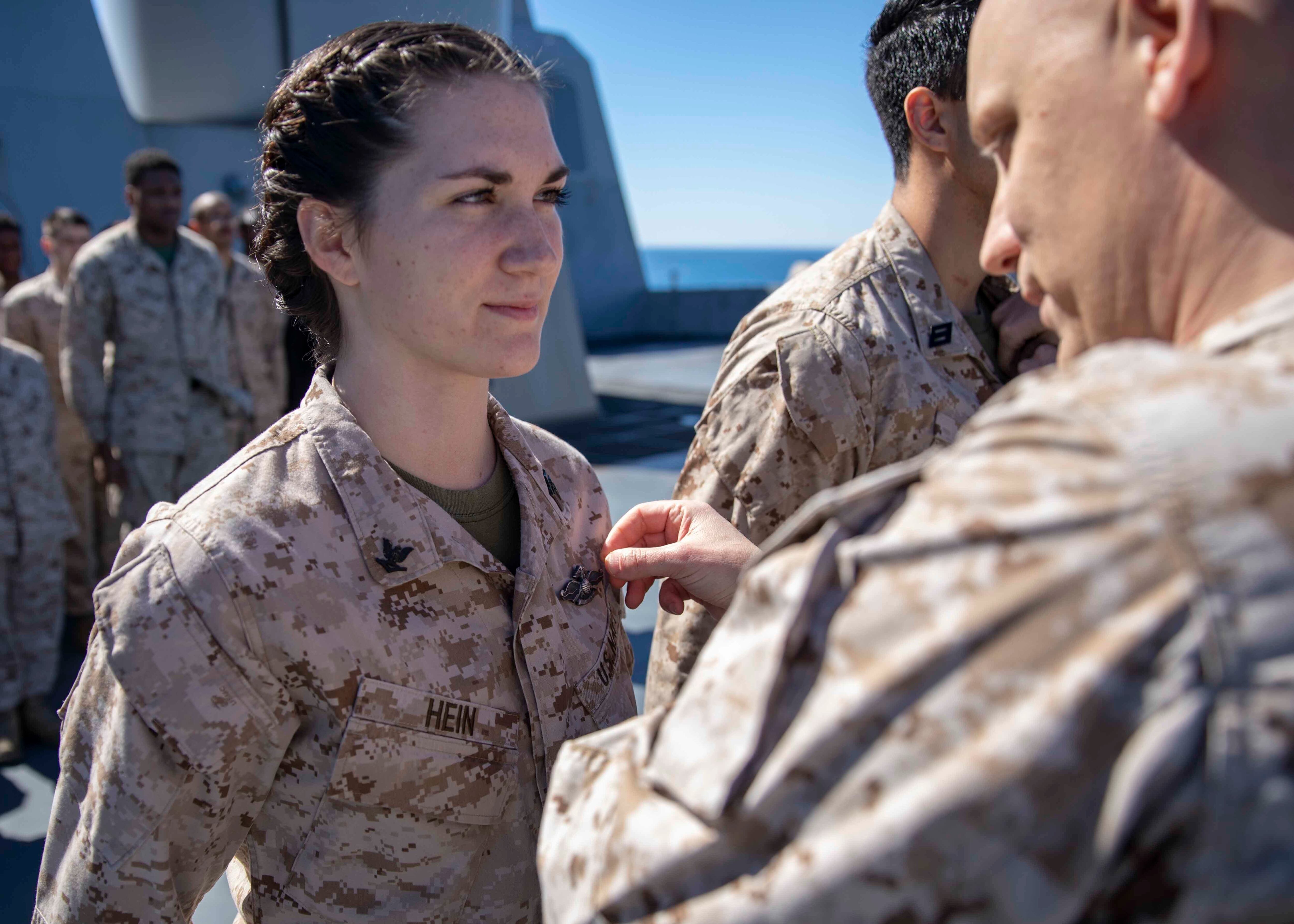
Smith’s chest is spangled with the surface, information and aviation warfare pins – three of the 11 that are offered by the Navy – so he’s not opposed to earning the hardware. But like a growing number of other critics, he became concerned that the pursuit of quals was gobbling valuable hours that should be spent by young sailors learning their ratings.
Smith told Navy Times the intent behind forcing most sailors to earn their pins “was an amazing one” and the programs served the important purpose of hiking the general knowledge of all personnel who pursued the quals, but Smith also worries there are very junior service members vying to rack up as many as they can instead of mastering their craft.
Smith pointed to E-3s wearing two or three warfare pins who haven’t passed an advancement exam as “why we’re going in the direction we are going.”
“We will remove these things as an impediment to advancement, these secondary qualifications,” said Smith. “If we remove them as a breakout piece for advancement then we have taken the incentive away. Right now, we have incentivized these things so highly. So we perhaps had people chasing the wrong things.”
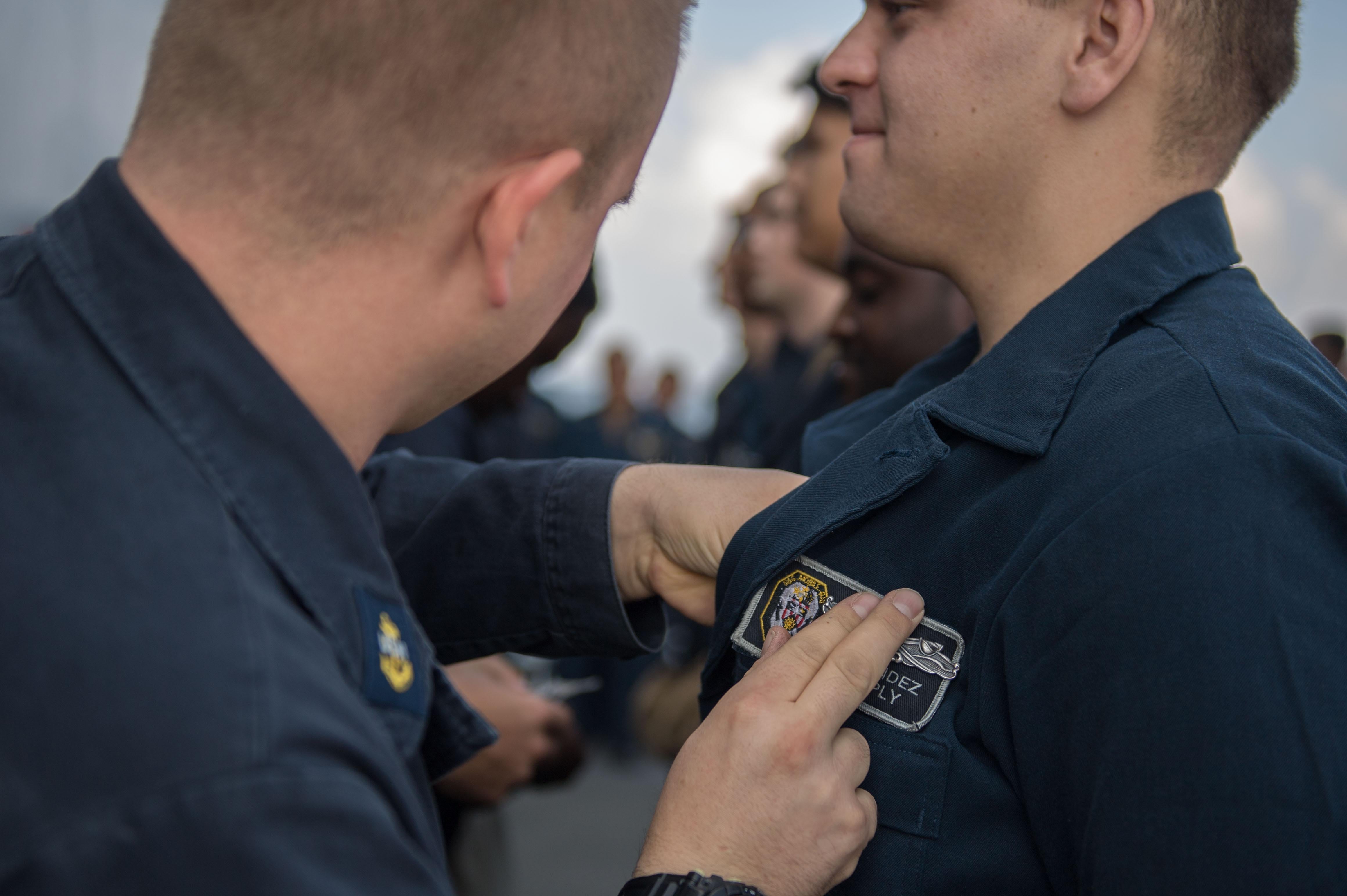
To Smith and other senior leaders, scrapping the pin requirement is part of a wider effort to rid distractions for young sailors – everything from collateral duties to pursuing too many college credits – so they can prepare to wage war on the high seas.
“There will be people with many different views on this and it will likely be an emotional topic, though I hope not,” said Fleet Master Chief Rick O’Rawe, who raised his voice in the fall to support the reform effort. “You always have to be prepared, that today could be the last day of peace. You just don’t know.”
O’Rawe told Navy Times that the push to fix the warfare qual programs is being driven by force master chiefs who help senior commanders manage the programs.
He said they envision warfare quals being used to mark a sailor’s proficiency from an apprenticeship level to that of a journeyman “and right now, that’s what the Navy needs.”
“I think that there’s still going to be a requirement at some pay grade for our sailors to get warfare-qualified,” O’Rawe said. “Speculative at the moment, but I believe our type commanders are going to develop and implement policies in the future where our E-4 and below sailors will not have a requirement to qualify.”
Some type commanders might make that bold call now, he said, “and I wouldn’t fight that and, in fact, I could get behind that.”
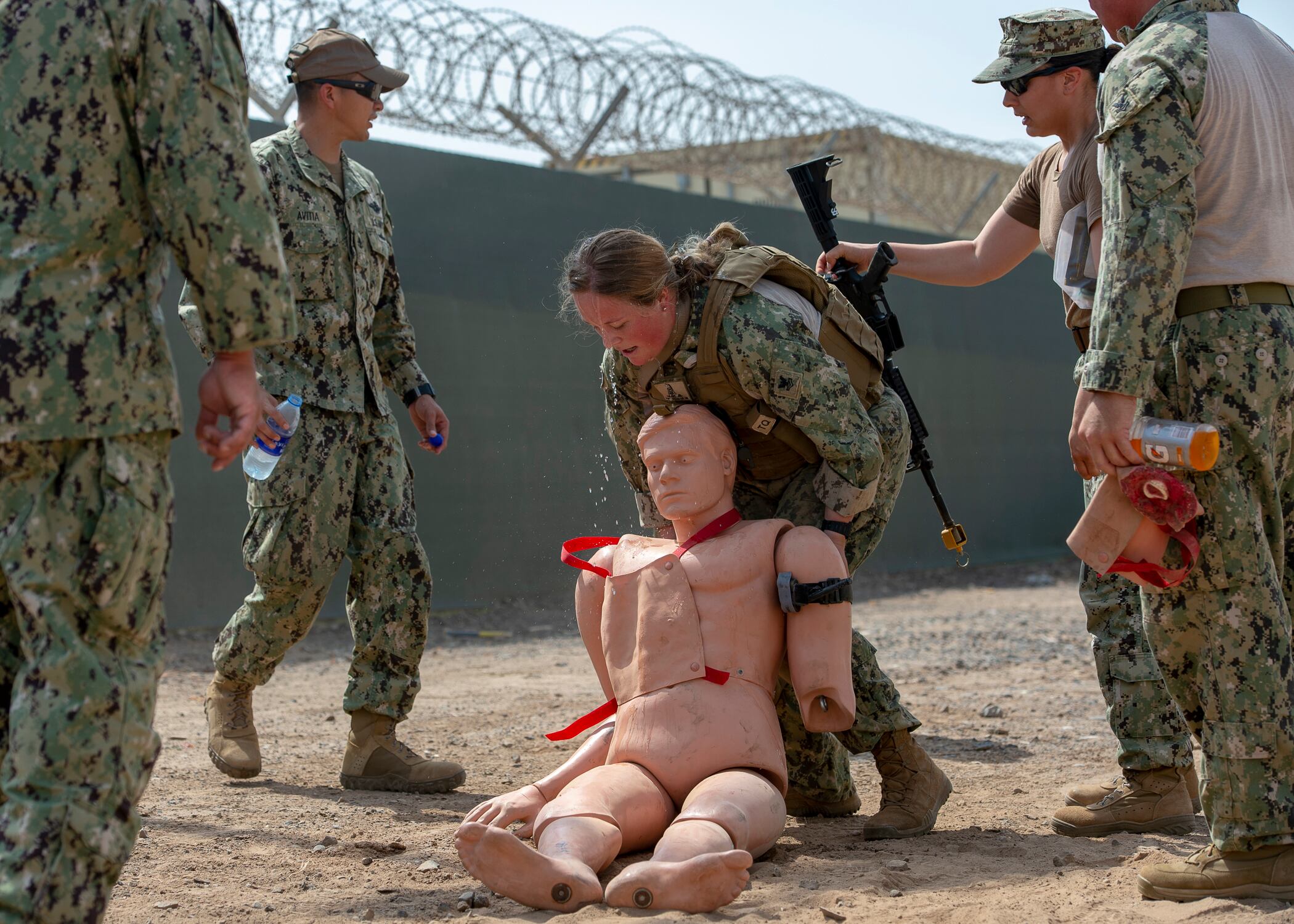
The man in that arena is Master Chief David Carter, the top enlisted sailor at Naval Information Forces. He was one of the strongest advocates for killing off the mandate.
“We were really part of the problem, as sailors who really didn’t need the qualification were getting them and that’s not really the program we want,” he said.
Carter has earned specialist pins for information, surface, aviation and expeditionary warfare, plus the Small Craft Officer in Charge insignia, and he’s designated as a Naval Parachutist.
Today in Carter’s community, it’s becoming more difficult for sailors without information ratings to study for the qualification.
Commands can offer waivers for other personnel who closely support information warfare commands, but fewer units are opening up the qualification program to them.
With the mandate gone, IW master chiefs have turned their attention to revamping the community’s entire warfare qualification process.
“I’m anticipating that there will be some significant changes,” Carter said. “But I don’t want to drive what the working group is going to do.”
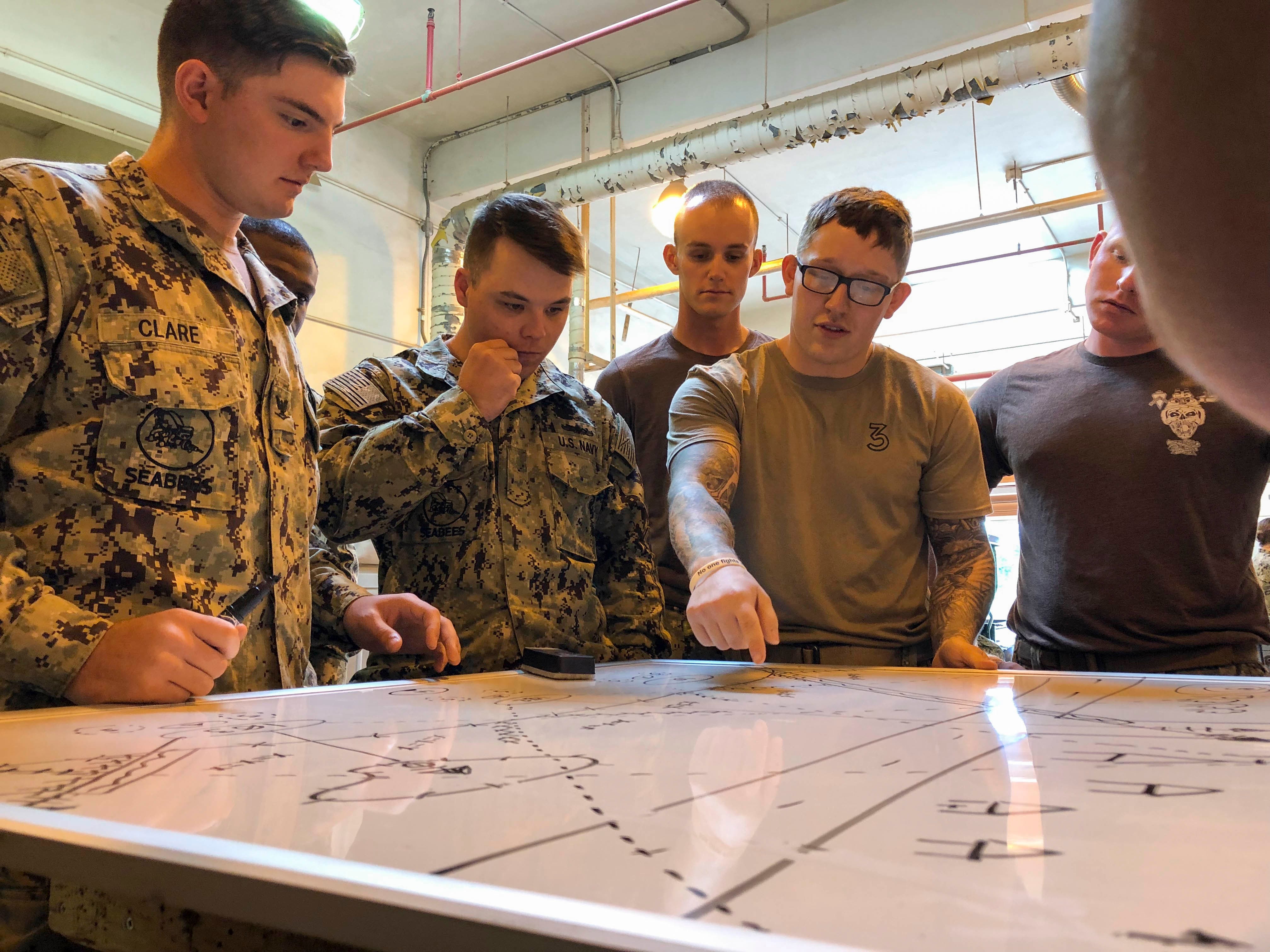
Carter suspects they’ll likely begin offering the qual to second class petty officers, with waivers for outstanding E-4s, but the chiefs mess must evaluate each candidate’s readiness for the extra study.
“You can’t be afraid to tell anyone that they’re not ready yet,” said Carter. “That’s our job as enlisted leaders.”
O’Rawe said that what’s happening now at Naval Information Forces will occur throughout the fleet as communities reform their warfare qualification policies.
“This will allow them to really develop, where they become the absolute expert in their jobs and can operate, maintain, troubleshoot and repair your stuff so well,” he said. “That should be enough for you to advance.”
RELATED
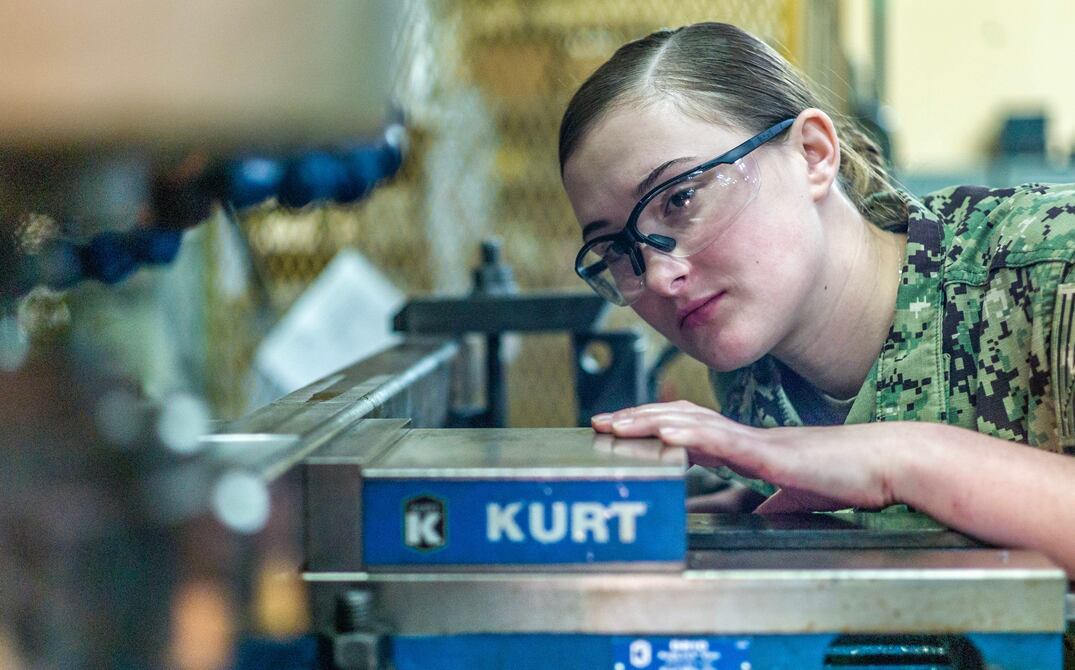
Mark D. Faram is a former reporter for Navy Times. He was a senior writer covering personnel, cultural and historical issues. A nine-year active duty Navy veteran, Faram served from 1978 to 1987 as a Navy Diver and photographer.


